How to choose a good safety razor for beginner
As a beginner in the world of shaving, it can be overwhelming to choose the right safety razor that meets your needs. With so many options available in the market, it's easy to get confused about what to look for in a good safety razor. In this article, we'll take a closer look at the essential factors to consider when choosing a good safety razor for beginners.
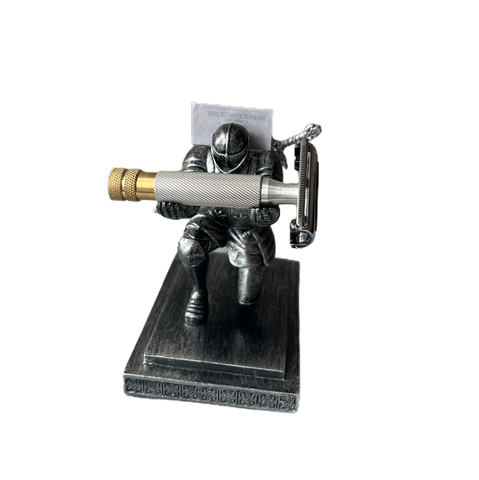
Razor type: The first thing to consider when choosing a safety razor is the type. There are three main types of safety razors: butterfly, three-piece, and two-piece. Butterfly razors have a hinged head that opens to allow you to replace the blade easily. Three-piece razors are made up of three parts: the handle, the top cap, and the base plate. Two-piece razors are similar to three-piece razors, but the top cap and base plate are held together by a screw or clip. Choose the razor type that you feel most comfortable using.
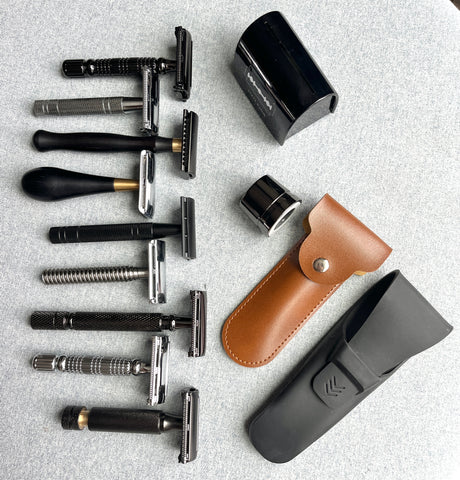
Razor weight: The weight of the razor is another factor to consider. A heavier razor provides more control and requires less pressure while shaving. However, a lighter razor is more maneuverable and better for beginners. The weight of the razor also affects the balance and handling, so choose a razor that feels comfortable in your hand.
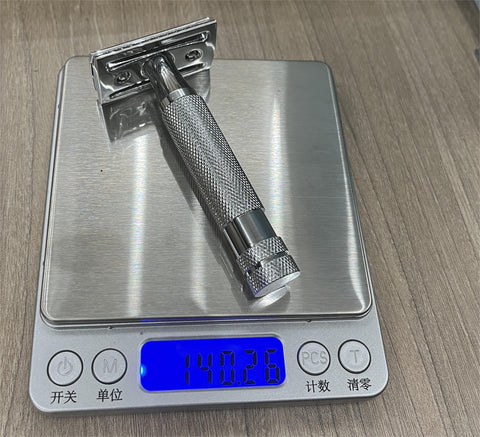
Razor head design: The razor head design is another important factor to consider. There are two types of razor head designs: open comb and closed comb. Open comb razors have teeth that allow the lather to pass through, making them ideal for thicker hair. Closed comb razors have a flat plate that rests against the skin and is suitable for daily use. Consider the type of hair you have before choosing a razor head design.
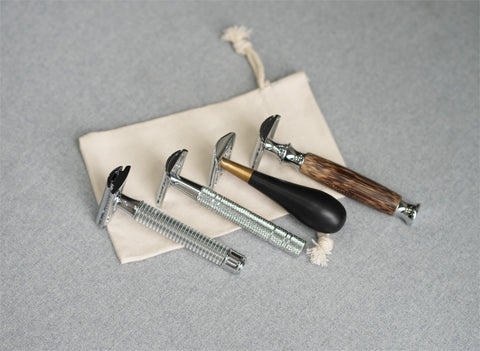
Razor blade exposure: The amount of blade exposure is another factor to consider. The more blade exposure, the more aggressive the razor is, making it better for thicker hair. However, less blade exposure is more suitable for beginners as it is less aggressive and less likely to cause nicks and cuts.
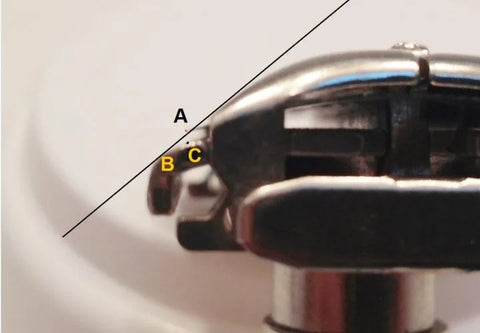
Razor blade angle: The blade angle is the angle at which the razor blade meets the skin. A 30-degree angle is considered the best for beginners as it provides a good balance between aggressiveness and safety. The angle of the blade affects the quality of the shave and the amount of pressure required.
Razor handle length: The length of the handle is another factor to consider. A longer handle provides better grip and control, while a shorter handle provides better maneuverability. Consider the size of your hands and what feels comfortable.
Razor material: The material of the razor is also important. Stainless steel razors are durable and long-lasting but can be expensive. Chrome or nickel-plated razors are more affordable but may not be as durable. Choose a razor material that meets your needs and budget.
In conclusion, choosing the right safety razor as a beginner can be a daunting task. Consider the razor type, weight, head design, blade exposure, blade angle, handle length, and material before making a decision. A good safety razor should provide a comfortable and close shave without causing irritation or nicks. With the right safety razor, you can enjoy a smooth and comfortable shaving experience.
